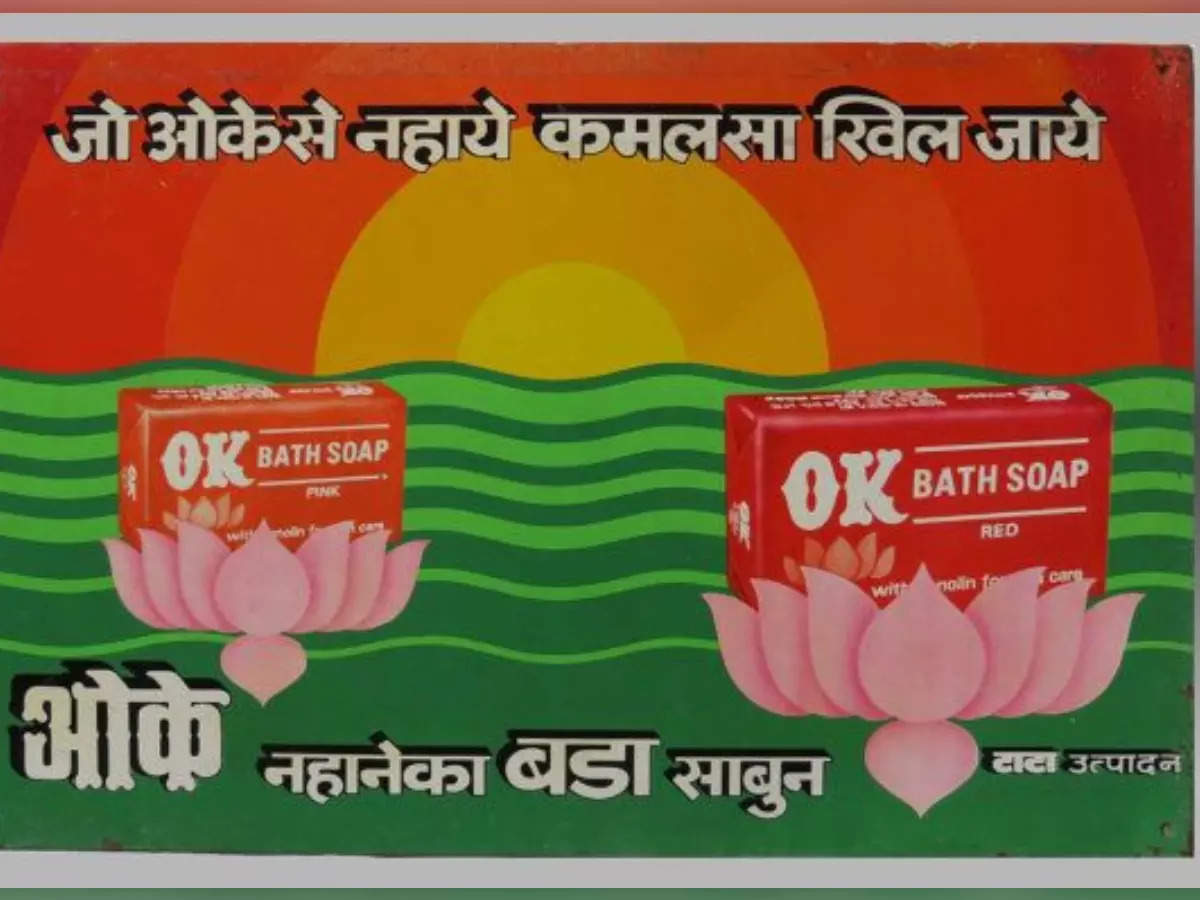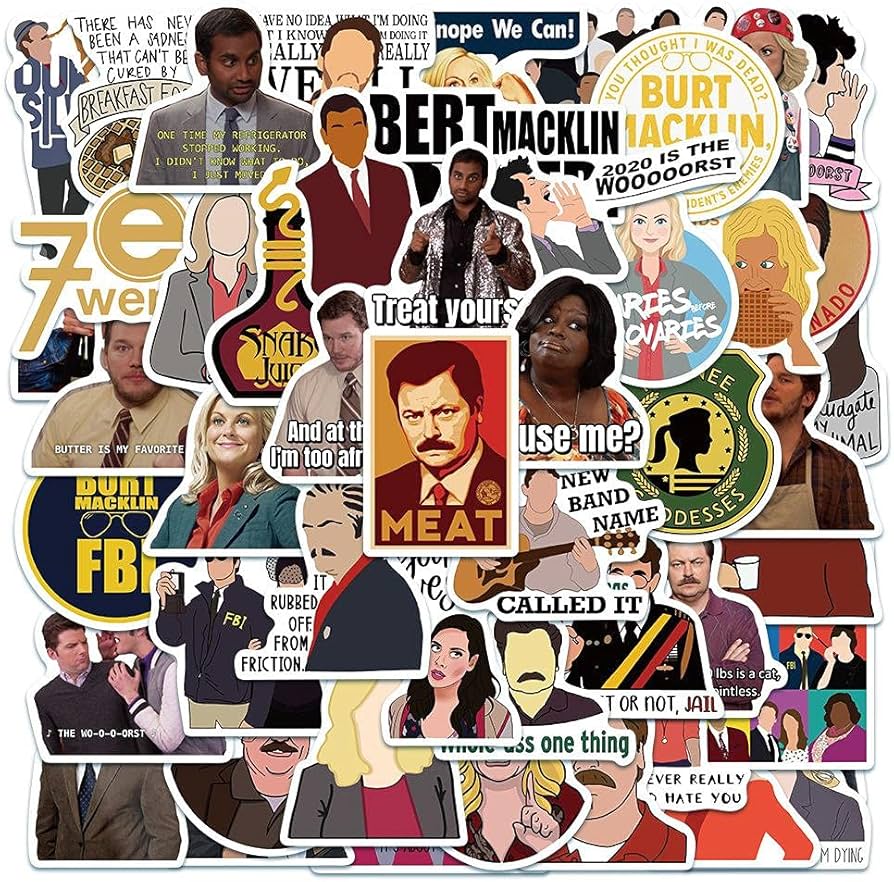Forgotten Brands – OK Soap from Tata

With a name like OK, the chances the brand would succeed was bleak. However a connection with the brand continues with the back of trucks
Mr Jamsetji Tata was the first Indian to own and operate a soap plant when he purchased OK Coconut Oil Mills in 1917–18. OK Mills not only manufactured coconut oil, but also cold-process laundry soap. It was renamed Tata Oil Mills Ltd. Co. (TOMCO)
OK was TOMCO’s new brand designed to compete with Lever Brothers/ Unilever Lifebuoy – the most popular brand. It was promoted first as a value brand. It was an interesting marketing approach for OK soap to try to compete with Lifebuoy by presenting itself as a low-cost, daily solution.
When branded bathing soap bars first started making their way into Indian households, OK Soap entered the market. The OK soap, however, boosted sales of its primary rival.
The name alone was already misleading. There was no experience angle to it
Despite being advertised as a “common man’s soap,” its cheap cost was nonetheless a major selling point. The ad did its job of increasing brand awareness, but it gave the wrong impression that the product was only meant for poor people.
At first, soap was successful in eating away at Lifebuoy’s market share, but Lifebuoy quickly recovered by switching up its advertising tactics. The first Lifebuoy products had a drab red hue and a foul odour. With the launch of new product lines, Lifebuoy swiftly refocused its efforts, moving the brand’s emphasis from pricing to cleanliness.
The advertisements for the OK soap did surprisingly well. According to one of them, OK soap will make its user bloom like a lotus flower. The size was further emphasised. The ad’s headline read, “Ok nahane ka bada sabun,” while the featured male participant looked straight into the camera while declaring, “Sachmuch kaafi bada hai.” It was an uncomplicated commercial that highlighted cost-effectiveness. Another commercial for OK Soap was titled “Subah subah kamal khile.” The central theme of the ad is that using OK soap would cause its user to flourish like a lotus flower. The size and cost of the soap being sold were also underlined in the ad.
As a result, the corporation lost the business of discerning Indian consumers.
The Tata Group sold the Tata Oil Mills Company to Hindustan Lever Ltd. The brand was practically dead by then

The firm and its soap seem to have slipped into oblivion, although the advertising slogans “OK Tata” and “Horn OK Please” found behind trucks, are thought to be a direct connection with the brand. Trucks often use a wordmark inside their logo, which is a lotus flower.
Previously, Tata had offered ‘OK Soap’ free advertising space across their whole fleet of trucks. Tata Oil Mills Company has put all of its marketing resources into promoting its soap brand in an attempt to corner the market. Tata’s release of OK Soap coincided with the company’s near-total domination of the truck business. Someone in marketing thought it would be a good idea to advertise OK Soap on the backs of these trucks.
There was a shortage of gasoline when WWII ended. Vehicles of the day could only run on kerosene. The OK on the delivery trucks’ back doors meant ‘On Kerosene’, a handy suggestion. The objective was to encourage motorists to maintain a secure distance from the trucks. Tata Trucks, the country’s first truck manufacturer, shifted the ‘OK’ to the side of their logo.
Therefore, the OK Tata may be used to advertise the new soap. The ‘OK Tata’ behind the vehicles now had a lotus blossom, promoting the company’s new line of soaps. The lotus flower served as the company’s visual mascot.
There is no longer a gasoline shortage, but you can still see plenty of trucks driving around with “Horn OK Please,” “OK Tata,” and “OK Tata Bye Bye” commercials for OK soap.
Reference
https://theprint.in/feature/brandma/indias-first-big-bathing-soap-failed-because-it-was-ok/200573/



